I used the CameraCalibration node in Meshroom 2021.1.0 using a checkerboard grid to do a camera calibration. From what I understand, Meshroom is using OpenCV, so this question indirectly relates to the calibration process in OpenCV as well.
The lens I'm using is advertised as an 8mm lens, so I was expecting a focal length of something between 7 and 9 mm, but the fx value was 2541.273 and fy value was 2641.111 and I know the sensor pixel size is 6 microns, so when converting from pixels to mm, I'm getting focal lengths of 15.247 mm and 15.847 mm respectively which is right around double what I would expect.
The checkerboard I'm using has 50 mm squares, and I specified the size of the square in the camera calibration, and I double checked the printed dimensions with calipers. I also verified that the size of my images were full resolution compared to the expected size based on sensor specifications, so it wasn't a case where the resolution was half or double the original sensor size or something like that.
Curious if there is anything obvious I may have missed that would cause the focal length in the calibration to come out double what is expected.
I went through a similar calibration process with my smartphone and the camera I was testing with advertised a focal length of 7 mm and the camera calibration returned in that case an fx of 7.21 mm and an fy of 7.20 mm. The only difference was the grid I was using in that test was using 30 mm squares and was 7 x 5 instead of 4 x 3, but the process to get those values was essentially the same.
Update:
I reran a camera calibration with a different set of images, and this time I got an fx of 23.07 mm and fy of 23.23 mm, so it would seem that the previous run that was off by a factor of 2 may have been a coincidence that it was off by 2. Given how inconsistent the focal length values are from one run to the next and how far off they are from expected values, I'm guessing that the errors that I'm seeing are due to poor calibration images being used in the process? The camera is fixed, so I'm moving the checkerboard on a surface, so mostly in a single plane. To get a good calibration do I just need a better variety of orientations that the checkerboard is captured in like different distances and different angles?
Is the size of the grid just too small for the field of view to get good calibration values from it? I calibrated with 80 calibration shots similar to the two above moving the board from one edge to the other.
I got a larger calibration target using the ChAruco pattern, and it looks like the values are more stable now, but every now and then if I repeat the calibration, I can get very far out numbers. Should the board below be large enough to get stable calibration values?


